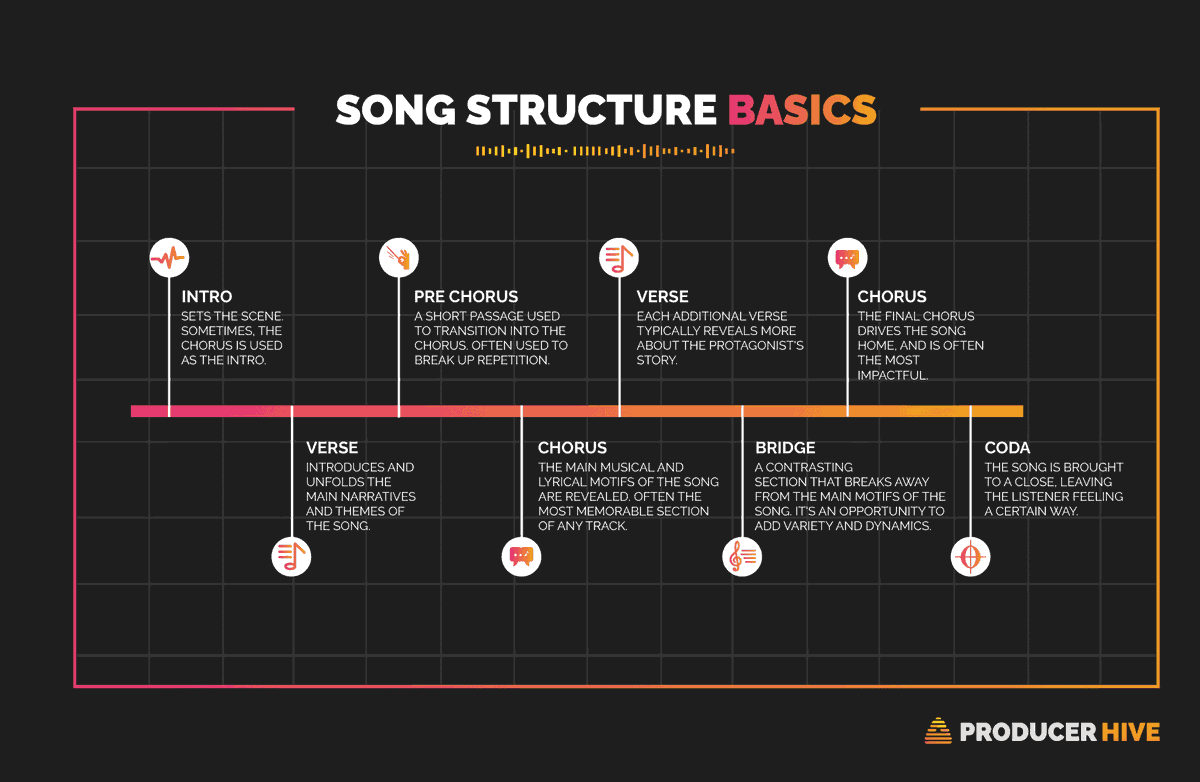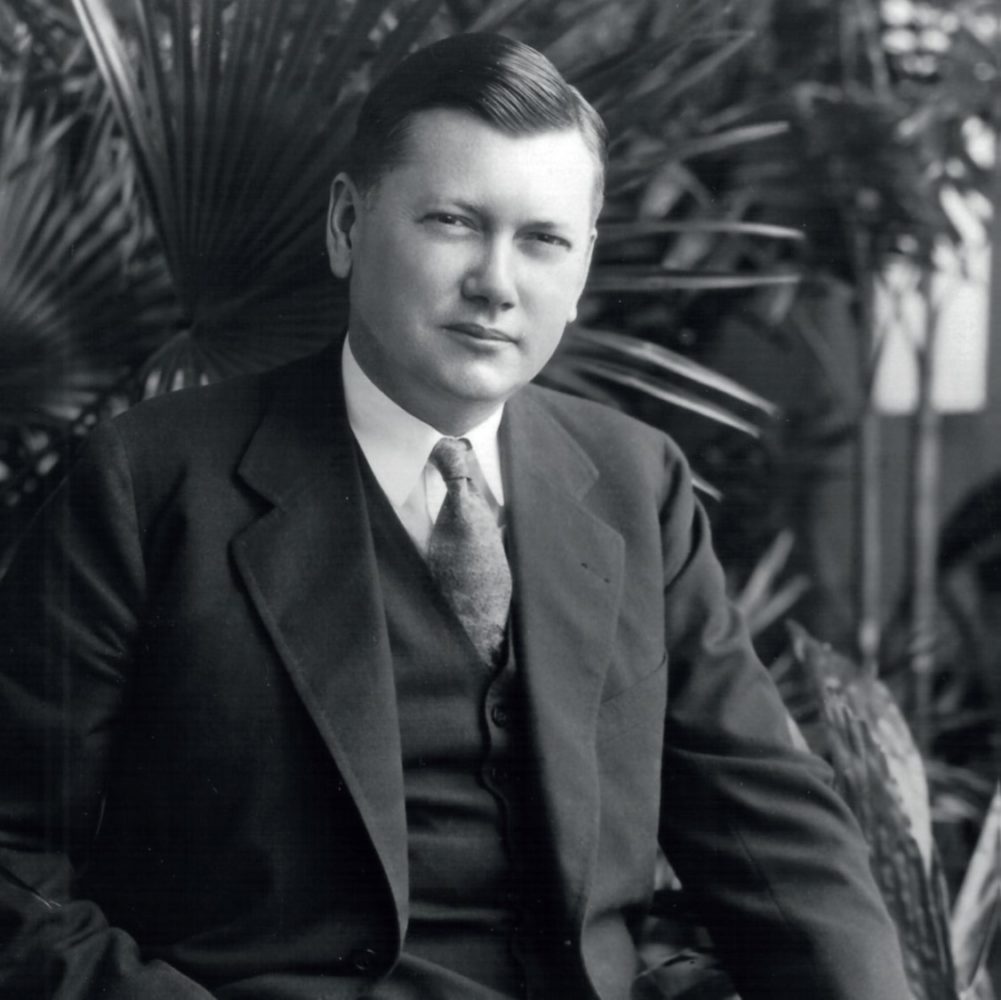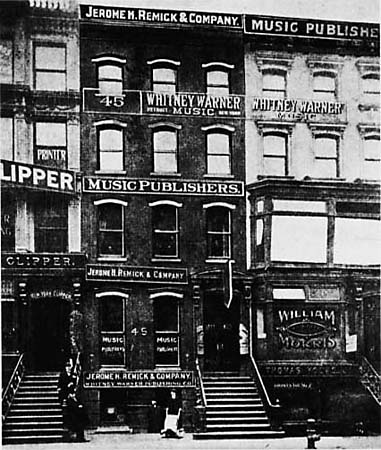During the 1920s and 1930s, composers and lyricists fused earlier song structures to produce a verse-refrain form which, in the hands of more inventive composers, allowed for all sorts of interesting variations. How does a song’s form affect its style or musical interpretation?
What is a Song Form
Simply . . . Song Form arranges the structure of songs into an easy to understand framework. Song structure is important because it organizes how songs are written while aiding in how they are recognized and appreciated. Without a song having shape, songs are can become chaotic and unlistenable.
Why is this important? Simply, song form, allows the story to be told so that people listening can better understand and enjoy the experience of the song.
You don’t have to reinvent the wheel in order to be creative, however. That’s where song form comes into play. Think of the most common types of song structures as universally agreed upon roadmaps for songs.
Song Form reveals to us where the song is going.
Consider that song form helps song writers keep an overview of songs and how sections of music that make up the song will be organized.Imagine song form as a map made up of locations that we know of as verses, choruses and bridge.
What are the parts we are generally concerned with then;
- Verses are similar but differ slightly from each other
- Chorus often differs from verse
- Bridges can be very different
When discussing song forms, a system of letters are assigned to the different sections of a song. Repeated sections get assigned the same letter as was assigned on the first occurrence of that section. The letters then create a map of the overall song.
The assignment of letters is not what you would think, however. We don’t use the first letters of “V” for Verse, “C" for Chorus or “B” for Break, but rather the first letters of the alphabet.
For example ;
A=Verse
B=Chorus
C=Bridge
Strophic / AAA / One-Part Song Form
Strophic . . . What was that? Strophic describes how each verse is sung to the same tune.
Strophic Song Form is also called AAA Form or One-Part Song Form. AAA song form is one of the oldest sectional song forms. How far back does it go? Originally it was used in the adaption of poems, with composers setting the poems to music to perform them for the entertainment of the royal courts of Europe.
In Mary Had A Little Lamb has a melody which is repeated, in Strophic Song Form, and each time the melody repeats different words are sung to the melody. This makes it an ideal song form for story telling.
The nursery rhyme was first published by the Boston publishing firm Marsh, Capen & Lyon, as a poem by Sarah Josepha Hale on May 24, 1830, and was possibly inspired by an actual incident
- “Mary Had a little lamb" by Stevie Ray Vaughn 1983, Traditional
- “Mary Had a little lamb" by Stevie Ray Vaughn 1983, Traditional
AAB Form - 12 Bar Blues
The 12-bar blues form used in the AAB song form is strongly associated with the blues. Many Blues songs are in the AAB format.
The fundamental structure of 12 Bar Blues is three four-bar lines or sub-sections. Often the first two and a half bars of each 4 bar section are vocal melody, while the last one and a half bars contains an instrumental melodic hook that gives a sense of completion for the line.
Unlike AAA or AABA song forms, which describe the overall structure of the song, AAB describes the structure of an individual verse. AAB is always used as a compound form.The common variants for 12-Bar blues are 8-Bar form and 16-Bar form.
Elmore James played a modified “Kay” hollow-body acoustic guitar, which sounded like an amped-up version of the more "modern" solid-body guitars of today.
- “Dust My Broom" by Elmore James 1959, originally by Robert Johnston 1936
- See this article on the evolution of heavy metal sound
AABA Song Form / American Popular Song Form
This is one of the most commonly used forms in both jazz and early to mid-twentieth-century popular music.
The AABA format was the song form of choice for Tin Pan Alley songwriters of American popular music, an East Coast USA songwriter scene based in New York City, in the first half of the 20th century.
Tin Pan Alley songwriters included songwriting greats like Irving Berlin, Harold Arlen, Sammy Cahn, Hoagy Carmichael, Dorothy Fields, Johnny Mercer, George and Ira Gershwin.
The dominance of the AABA song form faded during the 1960s. The rise in popularity of rock 'n' roll and the rise of groups like The Beatles changed the popular music landscape. Before The Beatles broke off into other song writing formats, they heavily used AABA song form in many songs.
It uses this song form in several music genres including pop, jazz and gospel.
- “Over the rainbow by “Judy Garland" 1938,
- Wizard of Oz movie
- Eight Days A Week by the “Beatles”
Housekeeping; Euphemisms: where an unpleasant or offensive thing is described or referred to by a milder term.
The promotional catchphrase “race music” was first applied by Ralph Peer (1892-1960), a Missouri-born talent scout for Okeh Records.
"Hillbilly" is a term (often derogatory) for people of various ethnicities who dwell in rural, mountainous areas in the United States, primarily in southern Appalachia and the Ozarks. The label, coined in 1925 by country pianist Al Hopkins, persisted until the 1950s.Although a clear distinction can be drawn between race music and hillbilly music — each of which comprised dozens of specific styles — the two had several important features in common.
- Both bodies of music originated mainly in the American South and
- rooted in longstanding folk music traditions.
As they entered the mass marketplace, both blended these older rural musical styles with aspects of national popular culture, including the minstrel show, vaudeville, and other musical forms.
Race music and hillbilly music both grew out of the music industry's efforts to develop alternative markets during a national decline in record sales.
Music was now disseminated across the country by new forms of media including;
- electric recording,
- radio, and
- sound film
and by the process of urban migration, which affected the lives of millions of rural Americans during the 20s and 30s.
Both bodies of music provided the basis for forms of popular music that emerged after World War II (rhythm & blues, country and western, and rock ”n” roll ), extending their appeal across regional and, in the end, international boundaries.
Jazz's attraction as a symbol of
- sensuality,
- freedom,
- and fun
does appear to have transcended the boundaries of
- region,
- ethnicity,
- and class,
Creating a precedent for music phenomenas such as
- swing era music,
- rhythm & blues,
- and rock ”n” roll.
“Hillbilly music,” later rechristened “country and western music” or simply “country music,” developed mainly out of the folk songs, ballads, and dance music of immigrants from the British Isles.
The first generation of hillbilly recording artists was also familiar with the sentimental songs of Tin Pan Alley, and this material became an important part of the country music repertoire, alongside the older Anglo-American ballads and square dance tunes.
Recordings of the late 1940s and early 1950s included swing-influenced “jump bands,” Tin Pan Alley-style love songs performed by crooners, various styles of urban blues, and gospel-influenced vocal harmony groups. The reappearance of small independent record labels provided an outlet for performers who were ignored by major record companies.
These jump bands specialized in hard-swinging, boogie-woogie based party music, spiced with humorous lyrics and wild stage performances.
Music from 1930s -1940s
- "Tiger Rag" by the Washboard Rhythm Kings 1932,
- was a virtually out-of-control performancer
- This is just one of many recordings by spasm bands, jug bands, and skiffle groups that have the same wild, informal feel that early rock-and-roll had.
- "Tiger Rag" had become a jazz standard and a widely covered song in the dance band and march orchestrations.
- "Oh! Red" by the Harlem Hamfats, recorded on April 18, 1936,
- was a hit record made by a small group of jazz and blues musicians assembled by J. Mayo Williams for the specific purpose of making commercially successful dance records.
- Viewed at the time (and by jazz fans) as a novelty group, the format became very influential, and the group's recordings included many with sex and drugs references
- "I Believe I'll Dust My Broom" (recorded on November 23, 1936),
- "Crossroad Blues" (recorded on November 27, 1936), and other recordings by Robert Johnson, while not particularly successful at the time, directly influenced the development of Chicago blues and, when reissued in the 1960s, also strongly influenced later rock musicians.
- "Rock It for Me" was recorded by Ella Fitzgerald with Chick Webb and His Orchestra in 1937.
- Its lyrics mentioned a kind of music called "rock-and-roll": "Every night/You'll see all the nifties/Plenty tight/Swingin' down the fifties/Now they're all through with symphony/Ho ho ho, rock it for me!/Now it's true that once upon a time/The opera was the thing/But today the rage is rhythm and rhyme/So won't you satisfy my soul/With the rock and roll?"
- "One O'Clock Jump" by Count Basie, arranged by Eddie Durham and recorded on July 7, 1937,
- based on a 12-bar blues that builds in rhythmic intensity and features, like many of Basie's other records, the rhythm section "all but invented the notion of the swing through their innovations"
- "Sing, Sing, Sing" by Benny Goodman, also from 1937,
- written by Louis Prima,
- featured repeated drum breaks by Gene Krupa, whose musical nature and high showmanship presaged rock and roll drumming.
- "Ida Red" by Bob Wills and the Texas Playboys, recorded in 1938
- Western swing band, featuring electric guitar by Eldon Shamblin.
- The tune was recycled again some years later by Chuck Berry in "Maybellene"
- "Rock Me" by the Lucky Millinder Orchestra with Sister Rosetta Tharpe vocals and guitar 1938,
- a gospel song done like a city blues
- the way she rolled the "R" in "rock me" led to the phrase being taken as a double entendre, with the interpretation as religious or sexual.
- "Roll 'Em Pete" by Pete Johnson and Joe Turner (1938)
- driving boogie woogie and a masterful collation of blues verses
- one of the most important precursors of what later became known as rock and roll
"Flying Home" by Lionel Hampton and his orchestra (1939),
- tenor sax solo by Illinois Jacquet,
- recreated and refined live by Arnett Cobb, the model for rock and roll solos ever since;
- emotional, honking,
- long, not just an instrumental break but the keystone of the song.
- The Benny Goodman Sextet had a popular hit with a subdued "jazz chamber music" version of the same song featuring guitarist Charlie Christian.
Since we can’t narrow our list of possible Rock & Roll candidates down to a two dozen or so, let’s see where it takes us.




:format(jpeg):mode_rgb():quality(40)/discogs-images/A-313017-1522412209-5676.jpeg.jpg)







Post a Comment